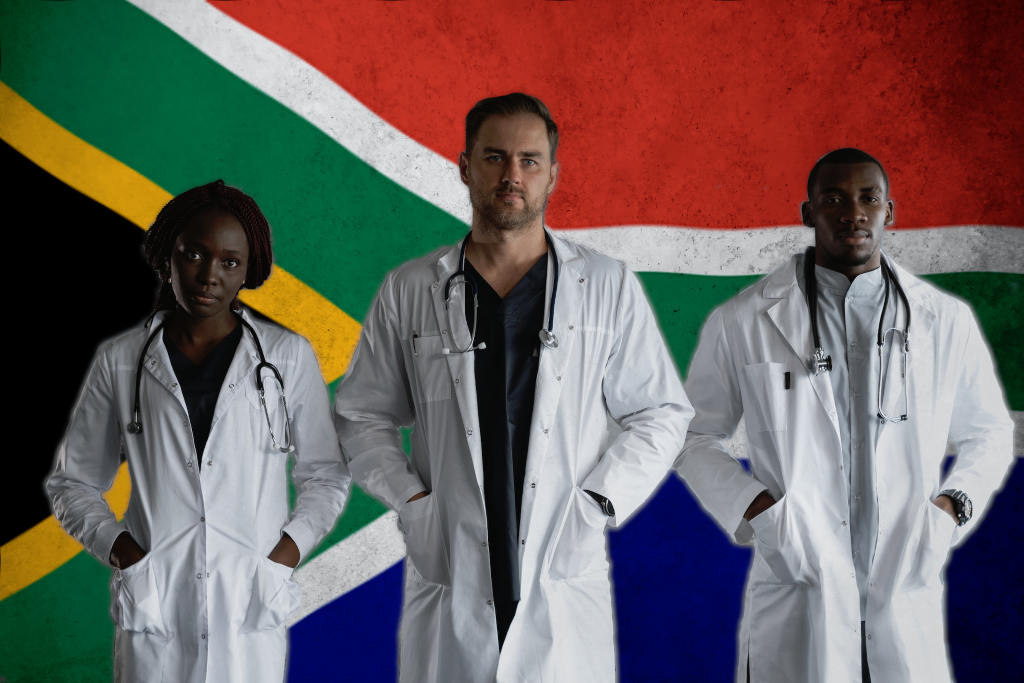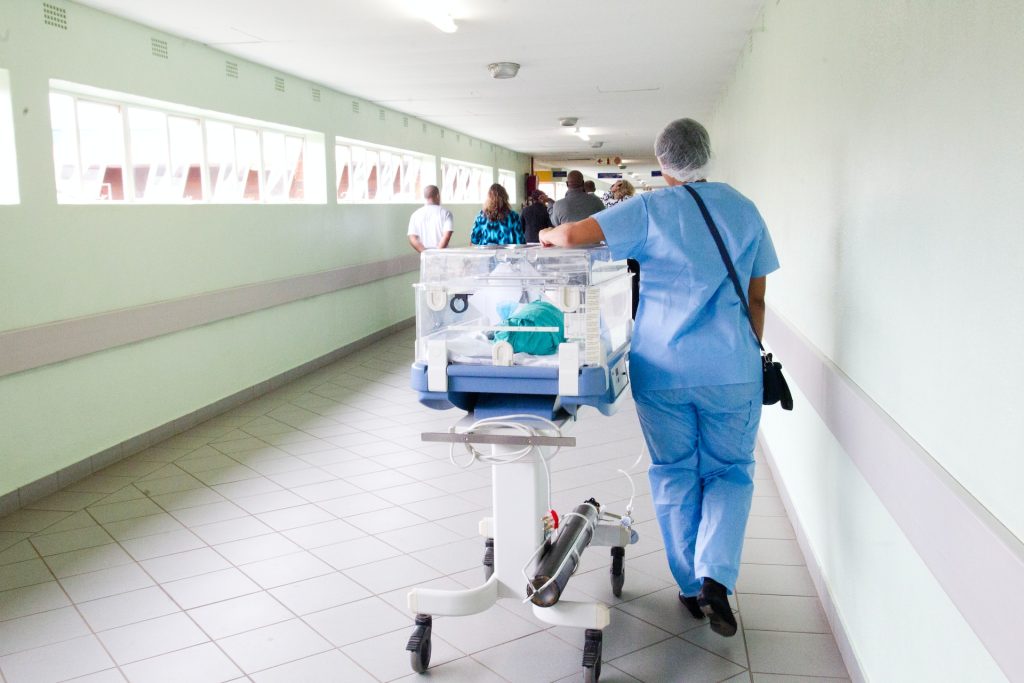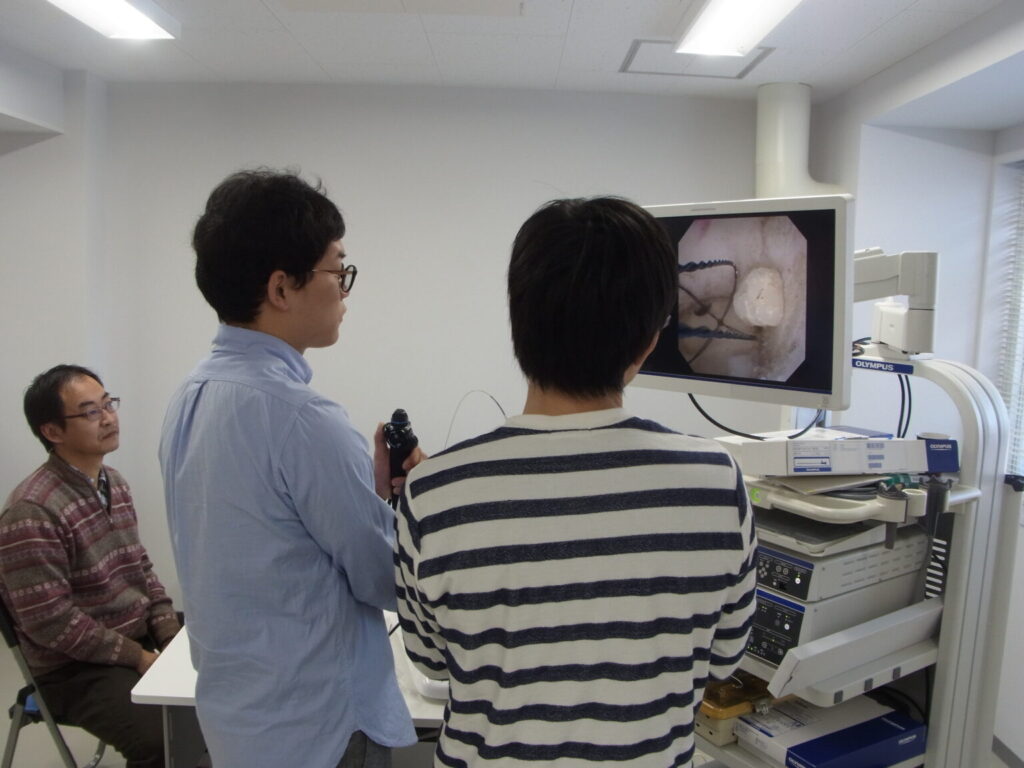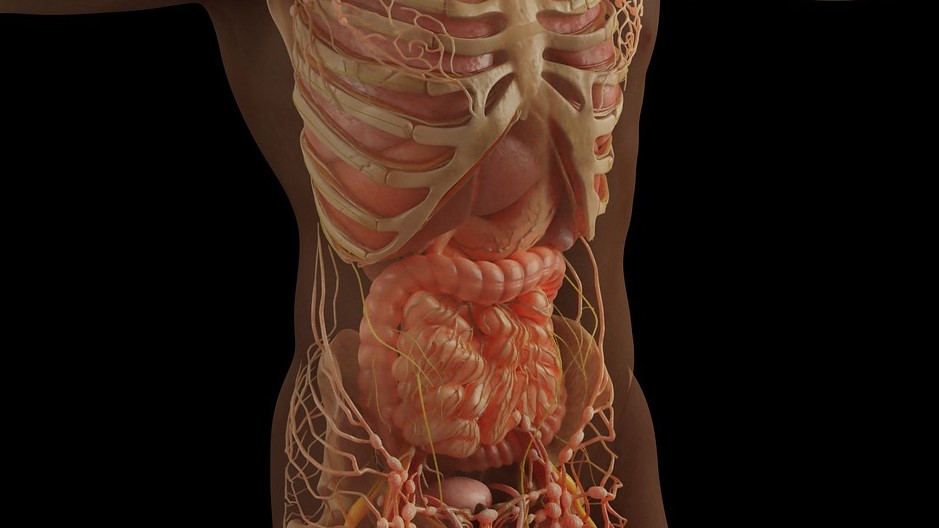SA’s Doctor Deal with Cuba is out of Touch and out of Time, Critics Say

By Ufrieda Ho
The Nelson Mandela-Fidel Castro medical training programme has been controversial from the start. It’s had high points, low points and many say it should have an end point.
Almost 30 years since the Cuba-SA doctors’ training programme was launched, it still divides opinion.
This year only Gauteng and North West interviewed candidates for the bursary programme that sends students from South Africa to be trained in the island country.
Critics say the dwindling interest shows the Nelson Mandela-Fidel Castro (NMFC) medical training programme has passed its sell-by date. But supporters remain committed to its ideals and some beneficiaries of the programme still think of it as the opportunity of a lifetime.
Between the differing views, what can be glimpsed is a chequered story of three decades of trying to transform South Africa’s healthcare system. The programme has its origins in the ANC’s political fraternity with Cuba and the laudable ideal of boosting doctors numbers in under-serviced rural areas. But it is also a tale of political inertia arguably blurring over time into a blind spot as conditions changed. In the background is the stranglehold of corruption and maladministration in the health sector, shrinking provincial health budgets, transformation of doctors’ training, and changing curricula.
One concern is that little is actually known about the programme’s impact. There is a lack of clear data on the costs and the numbers of doctors produced. Shockingly, for such a long-running programme, no comprehensive evaluation reports have been published, as far as Spotlight has been able to establish.
A comprehensive evaluation would weigh the benefits of the programme against its costs, compare it to other options for training medical doctors, and contextualise it within the current reality of very tight health budgets in provincial health departments – as it is, not all the doctors we are training are being employed.
Given this context, it is not surprising that the National Department of Health recommended a scaling back of the programme a decade ago. While most provinces have taken this advice, the Gauteng and North West health departments have instead pushed ahead with the programme.
Old histories and old allegiances
The agreement that put in place the NMFC medical training programme was signed in 1996, with the first cohort of students leaving for Cuba a year later in 1997. It was a mere two years into democracy and South Africa urgently needed to address gaps in the provision of healthcare. Under apartheid, services prioritised a white minority mostly in urban settings and healthcare had a strong slant towards hospital or tertiary care. There was a shortage of doctors and those with the least access to healthcare services were rural communities made up mostly of black South Africans.
Medical schools mostly had curricula designed for the status quo and there were few academic pathways for underprivileged students who had good marks at school but were not top achievers, leaving them overlooked for scholarships and bursaries.
So the new government looked to Cuba.
With its focus on primary healthcare, preventative medicine, and community-based training, the Cuban approach to healthcare ticked many of the boxes for the South African government then led by President Nelson Mandela.
Since the communist revolution in Cuba in 1959, it has provided free healthcare to all its citizens. While there remains some scepticism over data collection and interpretation, politicisation of medicine, and limited freedom to criticise the state, Cuba’s healthcare system is also widely lauded.
According to the Primary Health Care Performance Initiative, the country registers average life expectancy at 78 years (South Africa is at around 66), infant mortality dropped from 80 deaths per 1000 live births in 1950 to just 5 deaths per 1000 by 2013, and it has one of the world’s highest doctor to patient ratios. In 2021, it was at 9.429 physicians per 1000 people, according to World Bank Open Data. In the same year, South Africa tracked at 0.8 per 1000.
Since the 1960s, Cuba has established itself as a hub for training international fee-paying students and sending them back to their mostly lower-income countries as graduate doctors. One of its biggest universities, the Latin American School of Medicine, graduated over 30 000 students from 118 countries in the 21 years since it was established.
Another tick was Cuba’s staunch support for the ANC. SA History Online emphasises the depth of solidarity. It notes: “Cuba was a state in alliance with provisional governments and independent states in the African continent. Cuba’s military engagement in Angola kept the apartheid state in check, foiling its geopolitical strategies and forcing it to concede defeat at Cuito Cuanavale, and ultimately forcing both PW Botha and FW de Klerk to the negotiating table.”
Costs and benefits
The political and historical bonds sealed the doctors’ training deal. But from the start, the bursary programme, funded from provincial budgets, came under fire. The estimated costs over nearly three decades are massive, but details remain fuzzy.
Spotlight’s questions to the national health department were “answered” in one paragraph by department spokesperson Foster Mohale. “More than 4 000 [lower numbers are quoted by government in other instances] doctors have been produced through this medical programme since its inception. The programme is still relevant today and complements the local medical schools to produce more doctors. Qualified doctors have options of joining either public or private health sector,” he wrote.
But discrepancies have been showed up in government’s own figures. In November 2022, Haseena Ismail, the then DA member on the portfolio committee of health raised concerns about the quality of government data.
Minister of Health at the time, Dr Joe Phaahla, said the preparatory year, including a stipend, cost US$4400 per student, and each of the following five years cost US$7400 per student. But a separate table from the health department listed higher figures – US$8400 for the preparatory year and up to US$15900 per student by the fifth year. Added to this, the department listed annual costs of US$6472 per student for food, accommodation, and medical insurance. There were also expenses for two return flights over six years, plus the cost of 18 months of tuition and accommodation for clinical training at a South African medical school.
Phaahla said that as of November 2022, 3369 students had been recruited into the programme, and 2617 had graduated. However, he noted there was no information on what happened to these doctors or where they were employed. Each bursary student is required to work for the state for the same number of years for which they received funding.

The programme also faced criticism over selection criteria for bursary candidates and for requiring two extra years of training compared to local medical programmes. Students spend one year learning Spanish, five years training in Cuba, and then return to South Africa for an additional 18 months of clinical training at a local medical school.
Controversies have dogged the programme over the years. In 2013, the Afrikaans newspaper Beeld reported that by 2009, only half of the students enrolled in the programme during its first 12 years had completed their studies.
In 2012, government ramped up the numbers of students it sent abroad. In 2018, this backfired when about 700 fifth-year students returned home only to find they could not be accommodated at any of the then 10 medical schools in the country.
It was around this time that the national health department issued recommendations for the provinces to phase out the programme.
Gauteng and North West
Despite all of the above, the Gauteng Department of Health continues to fund students – around 20 last year and an expected 40 this year.
Spotlight’s questions on this to the Gauteng health department went unanswered.
Compounding the administrative and planning blunders for returning students is the impact of deepening corruption and mismanagement in Gauteng’s health department. It has been under routine Special Investigations Unit scrutiny as well as coming under fire for service delivery issues such as the ongoing backlog of cancer patients lingering on treatment waiting lists. In March, the South Gauteng High Court in Johannesburg ruled that the Gauteng health department failed in its constitutional obligation to make oncology services available.
In April, the department failed to pay its doctors their commuted overtime pay on time. These payments ensures there are doctors for 24-hour coverage at hospitals and makes up as much as a third of doctors’ take-home pay.
The situation in the North West is also bleak. Its health facilities are routinely facing medicine stock-outs and understaffing. Its health department is regularly struggling with accruals and paying suppliers on time.
Given all these challenges, it is puzzling that these two provinces in particular are so committed to sending students to Cuba, we understand at higher cost than for training doctors locally.
‘Better investments’
Professor Lionel Green-Thompson, now the dean of the faculty of health sciences at the University of Cape Town, was involved in managing returning students from the Cuba-SA programme between the mid-2000s and 2016. At the time, he was a medical educator and clinician at Wits University where he oversaw the 18-month clinical training of more than 30 returning students.
“Some of these students were among the best doctors that I’ve trained and I remain a stalwart supporter of the ideals of the programme. But at this point, there are better investments to be made, including directly funding university training programmes in South Africa,” he tells Spotlight.
“A programme that’s rooted in our nostalgic connection with Cuba and its role in our change as a country is now out of step with many of the healthcare settings and realities we face in South Africa,” says Green-Thompson.
He says a proper evaluation of the programme needs to be done.
There are also lessons to learn, he says, including a review of admissions programmes. How some students who enter a programme at 20% below the normally accepted marks, exit the programme as excellent doctors, he says offers clues to rethink how great doctors can be made.
Green-Thompson also suggests we need to ask why specialisation has become a measure of success for many doctors in South Africa, often at the expense of family medicine. This, he says, takes away from the impact doctors make at community healthcare level as expert generalists.
But changing the perspectives of healthcare professionals requires early and sustained exposure to working in community healthcare settings, says Professor Richard Cooke, head of the department of family medicine and primary care at Wits. Cooke is also director of the Wits NMFC Collaboration since 2018 and serves on the NMFC Ministerial Task Team.
“I’m not in support of further students being sent to Cuba for the undergraduate programme, because these students are not being trained in our clinical settings,” he says, speaking in his Wits capacity.
“The Cuban system is far more primary healthcare based than South Africa’s, but that doesn’t necessarily translate into these students ending in primary healthcare,” says Cooke.
And curricula at Wits is shifting, for instance, towards placing students at district hospitals for longer periods of time, rather than weeks-long rotations, he says.
“When students become part of the furniture at a hospital, they become better at facilitating, at critical thinking, problem solving, teamwork and collaboration,” Cooke says.
But making this kind of transformation in local training takes government funding and commitment. Students and doctors need to be attracted to the programme and need reasons to stay. But the money and resources to make this happen are simply not there – even as the Cuba training programme continues.
Cooke adds: “There hasn’t been definitive data on the NMFC programme. But even if the programme over 30 years has done well and met its targets, it’s not been cost efficient. What’s needed now is to leverage expertise and established partnership in different, more cost-effective ways like in research, health systems science and health science education.”
Up to three times more expensive?
Professor Shabir Madhi, dean of the faculty of health sciences at Wits, says the NMFC programme costs an estimated three times more than it costs to train a student in South Africa. This, he says, should be enough reason for a beleaguered health department like Gauteng’s to stop sending students to Cuba.
He also says: “Government is aware that it simply can’t absorb the number of medical graduates being produced.” Madhi says some trainee doctors are sitting at home while others trying to finish specialisations are being derailed.
Broadly, he pins the blame on the mismanagement of resources, including the department underspending R590 million on the National Tertiary Service Grant meant to subsidise specialised medical treatment at tertiary hospitals.
Madhi says universities have worked hard to close the gaps identified by the NMFC programme 30 years ago, but now student doctors are being let down by government not playing its role.
“Across the universities, there’s been a complete overhaul of the curriculum to be focused on primary healthcare. Students are also getting community exposure as early as first-year training,” he says.
He says that when it comes to admissions, the majority of students entering medical schools across the country are now Black South Africans, and additional changes have been made to the selection process. “We used to have a race quota, but in further revisions, we have introduced criteria that focuses on the socio-economic component, with 40% of the admissions coming from students in quintile 1, 2 and 3 schools [no-fee public schools],” he adds.
South Africa has 11 medical schools, with the most recent addition of the North West University – specifically focussed on rural health – and the University of Johannesburg in the pipeline to join the list. So the number of doctors being trained and graduating is increasing. Madhi estimates the total number being trained is above 900 per year for Gauteng alone.
The bottleneck of getting doctors into clinics and hospitals, he maintains, is not a shortage of doctors, but government’s inability to pay doctors’ salaries or to create functioning, well-resourced workplace environments.
‘You can’t put a price on that’
For Dr Sanele Madela, the ongoing challenges cannot detract from the goal to get doctors into communities – including through the NMFC programme. Today, he’s the health attaché at the Havana Mission for the NMFC training programme. Madela was also at one time a schoolboy with a dream of becoming a doctor.
Growing up in Dundee in KwaZulu-Natal, he remembers almost never seeing a doctor in his community. “Then when we did see a doctor, it was a white person or an Indian person and they never spoke our language – a nurse would have to translate,” says Madela who was part of the 2002 NMFC intake.
The six years abroad, he says, exposed him to very different reasons for becoming a doctor.
“When people finish medical school, they say thank God it’s over, but in Cuba people say thank God for the knowledge and information so they can give back to their country,” he says.
When Madela got back to South Africa, his journey eventually led him to work in Dundee district hospital. It was the same hospital where his mother had worked as a cleaner.
The NMFC programme, Madela says, still plays a vital role because of its objective to get more doctors into rural and township areas – “and you can’t put a price on that”, he adds, responding to criticism over the programmes comparatively high costs.
“We are used to seeing the NMFC programme from the point of view of adding human resources, but it’s also about the impact it makes for a community,” he says. It’s the impact of a community finally getting their own doctor. His argument is that, thanks to the NMFC programme, he got to be that person for his community.
Republished from Spotlight under a Creative Commons license.
Read the original article.










